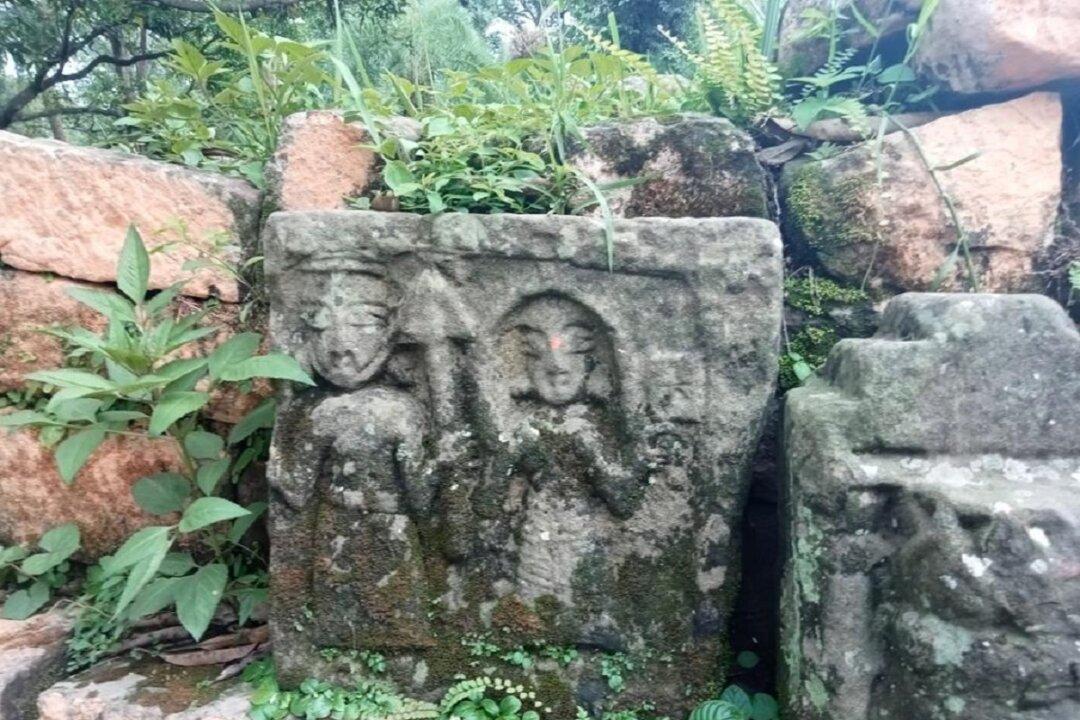JAMMU, India—An undated historical Himalayan site of ritualistic bath spaces and built springs, abandoned on an ancient trade route to India is at the peril of getting lost forever if the government of India doesn’t pay attention.
The picturesque village of Gurnal, the site of ritualistic bath spaces and of hundreds of ancient springs called “bowlis” built on the banks of the stream Naj, a tributary of Ujh of the Indus system, was being constructed like the other sacred cities that exist on the banks and confluence of many historic rivers in India. However, for unknown reasons, it was abandoned before completion.





